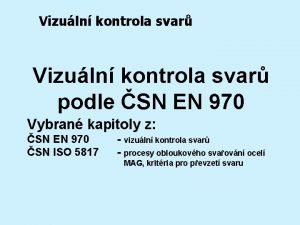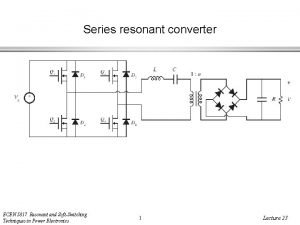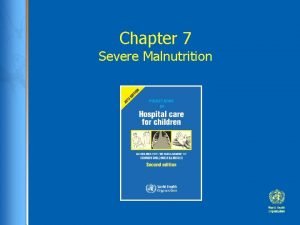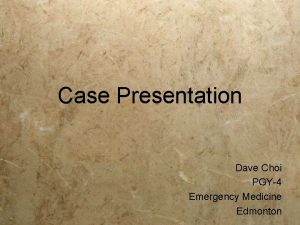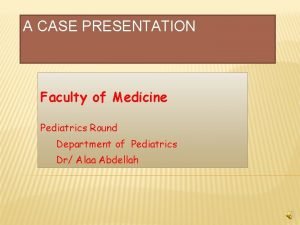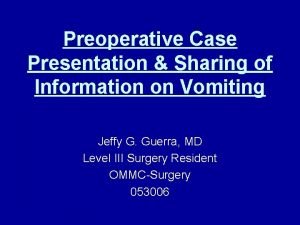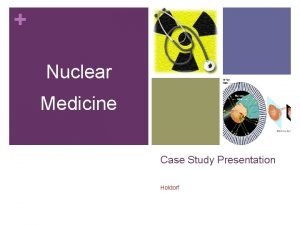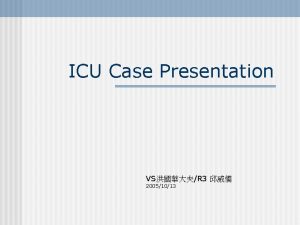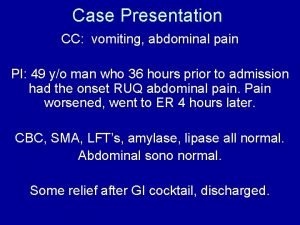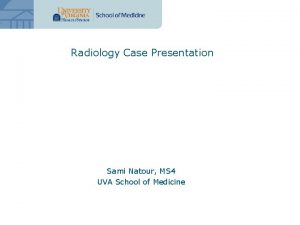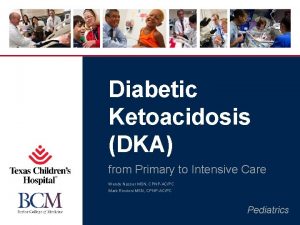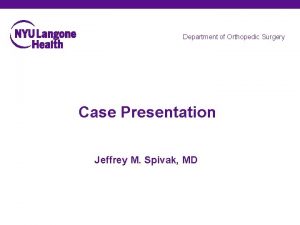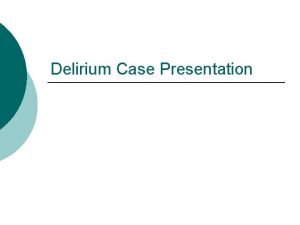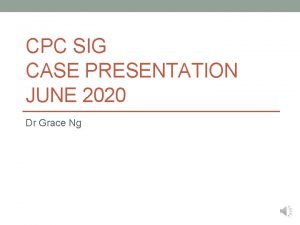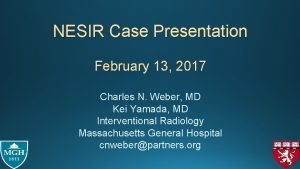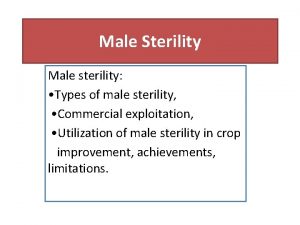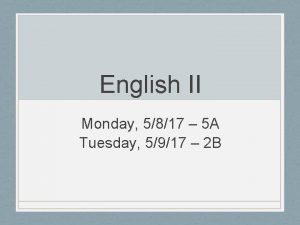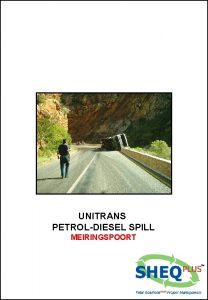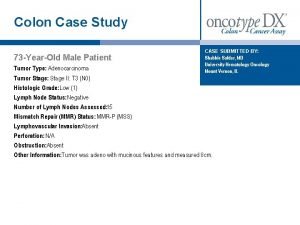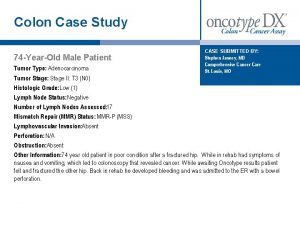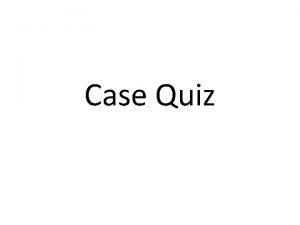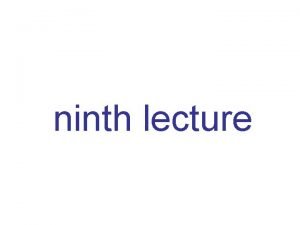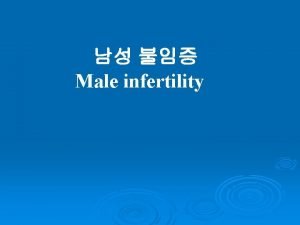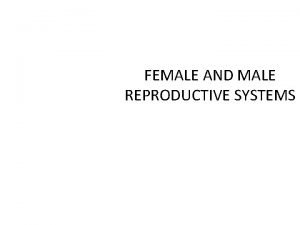NESIR Case Presentation 5817 74 y o male

























- Slides: 25

NESIR Case Presentation 5/8/17

• 74 y. o. male with a large left lobe HCC involving Segment II, III, and IV also with left portal vein thrombosis. Biopsy confirmed at OSH as moderately differentiated HCC. BCLC stage C tumor. Child-Pugh A with an ECOG PS of 0. Patient presented to MGH for consideration of radioembolization. Patient did not desire chemotherapy due to significant side-effects

Pre-presentation MRI






Pre-SIRT








MAA Scan




SIRT


Embolization of massive arteriovenous shunts in HCC • Etiology thought secondary to hepatic vein invasion (micro/macro) by tumor with aberrant angiogenesis causing arterio-venous connections • Case reports describe either temporary occlusion of hepatic vein during TACE or permanent occlusion with either AVP or coils

Radioembolization for BCLC C • Current standard of care is sorafenib (with new multi-kinase inhibitor regorafenib now approved after sorafenib failure) • While not compared in RCT, small studies have evaluated radioembolization for BCLC C pateins • A. Gabr SIR 2017 Abstract – 189 pts with BCLC due to ECOG PS, median survival of 19. 6 months. 326 pts with BCLC C due to metastases or vascular invasion had median survival of 8 months

Dose reduction for lung shunting • BSA method – Dosage (GBq) = [(BSA – 0. 2) + (% tumor involvement/100)] * (%treatment area represents of whole liver/100) (1 -(%lung shunt reduction/100)) • Recommended lung shunt reduction – <10% = no reduction – 10% - 15% = 20% dosage reduction – 15% - 20% = 40% dosage reduction – >20% = no treatment • No reduction for lung shunting may be considered if the lung dose is less than 25 Gy per treatment and 50 Gy cumulative dose to the lung. • Lung dose (Gy) = (dosage in GBq * lung shunt fraction) * 50/ lung mass (Kg) Assume lung mass is 1 kg • A 25% dosage reduction may be considered when teating patients with a total bilirubin >2
 Best case worst case average case
Best case worst case average case Hitsauksen laatu
Hitsauksen laatu Backing weld symbol
Backing weld symbol Iso 5817 c
Iso 5817 c Ecen 5817
Ecen 5817 Brow presentation birth
Brow presentation birth Leopold maneuver
Leopold maneuver Yelp case study analysis
Yelp case study analysis Lbo case study
Lbo case study Yelp mission statement
Yelp mission statement Malnutrition case
Malnutrition case Business case presentation
Business case presentation Emergency medicine case presentation
Emergency medicine case presentation Sel darah putih tinggi
Sel darah putih tinggi Gastric outlet obstruction differential diagnosis
Gastric outlet obstruction differential diagnosis Conclusion for case study
Conclusion for case study Icu case presentation
Icu case presentation Icu case presentation
Icu case presentation Wpvr-230
Wpvr-230 Vomiting case presentation
Vomiting case presentation Radiology case presentation
Radiology case presentation Dka case presentation ppt
Dka case presentation ppt Orthopedic case presentation
Orthopedic case presentation Orthopedic case presentation
Orthopedic case presentation Delirium case presentation
Delirium case presentation Dr grace ng
Dr grace ng



